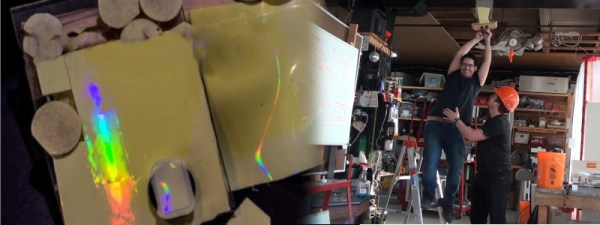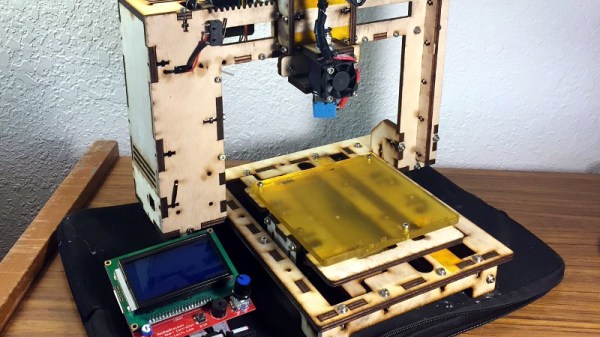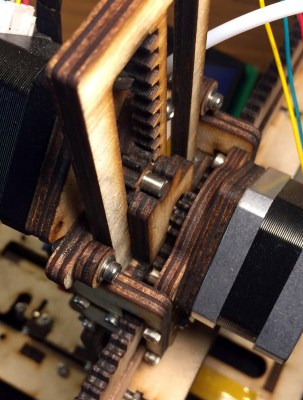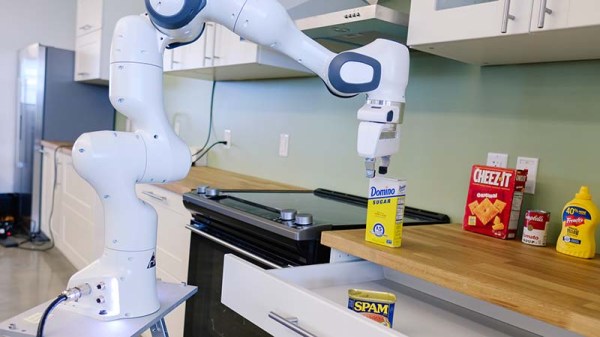Geckos are amazing creatures, with the ability to walk on and stick to all manner of surfaces. If you’ve ever woken up to see lizards on your ceiling, you’re already familiar with their capabilities. The mechanisms behind this have been an area of much research in recent times, and [The Thought Emporium] decided to try and recreate the effect himself (Youtube video, embedded below).
The way geckos stick to surfaces is through the use of nano-scale hairs on their feet. These hairs dramatically increase the surface area of contact between the gecko and the surface in question. This allows the usually-small intermolecular forces to stack up and keep the gecko adhered.
Several teams have managed to create synthetic substances that recreate this ability; indeed we’ve featured some here before. In this case, experimentation started with an attempt to generate the requisite nanostructures by casting RTV silicone on a microporous filter. This was unsuccessful, with the hairs on the surface of the material created being too sparse and at random angles. The next stage involved attempting to use a tattoo gun, needles, and finally sharpened tungsten wires to pattern wax, which could then have silicone cast onto it to pick up the geometry. This too was unsuccessful, as it wasn’t possible to generate tiny enough features to generate the effect.
The final experiment involved casting silicone upon a 1000 line per millimeter diffraction grating. This generated tiny ridges on the surface of the silicone, and greatly improved its sticking ability. While the ridges generated aren’t as capable as gecko feet or professionally-produced films, they do have an impressive weight holding ability. A small section of the silicone was able to hold over 20 pounds for an extended period in testing.
It’s a great example of how to do seemingly complicated science with materials that can be easily acquired for the home workshop. We’d love to see just how strong a gecko tape could be produced with more work done on this method. Video after the break.
























